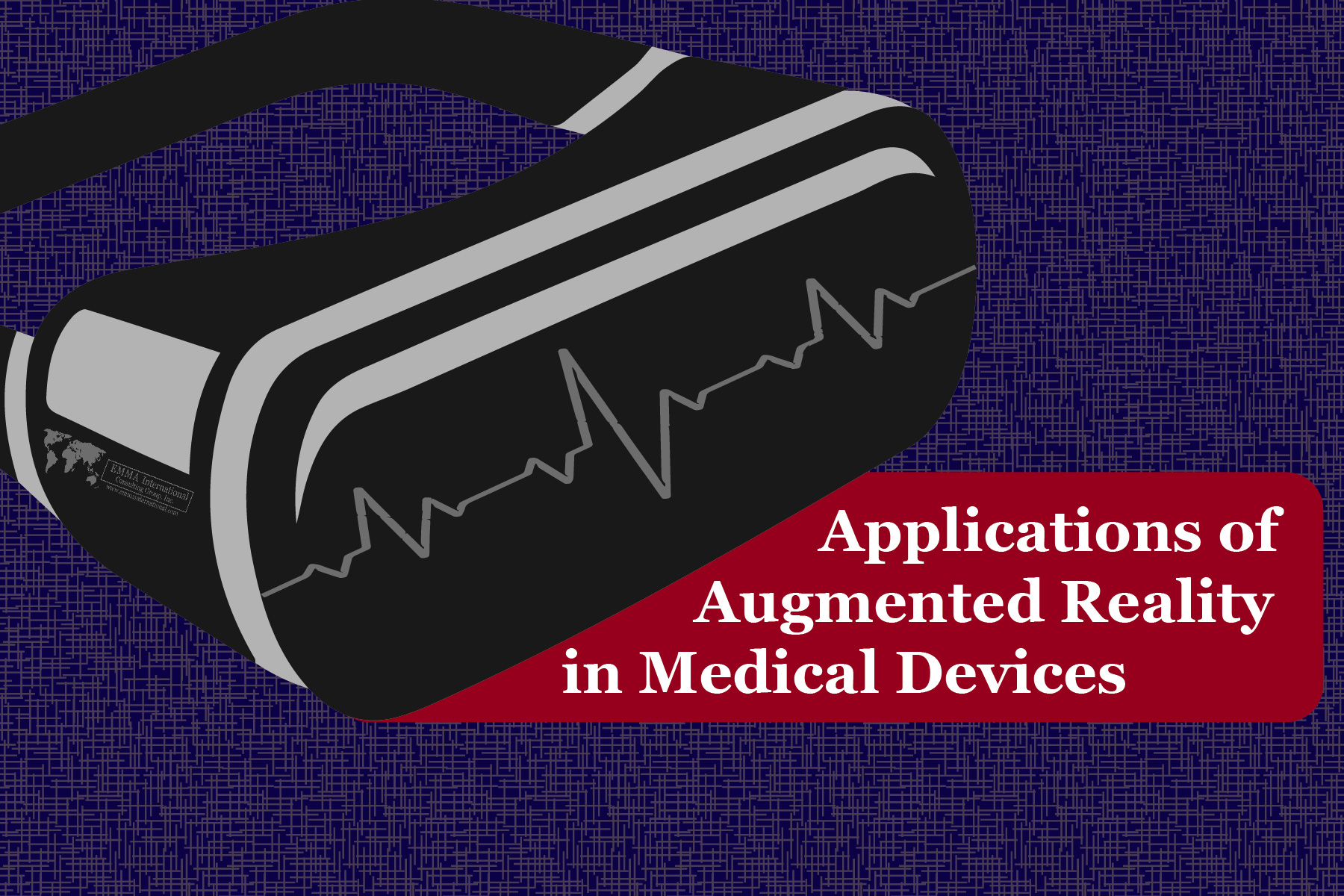One of the paradigms of the next generation computing tools is Augmented Reality (AR) where animated objects are superimposed on real-world objects. A live video or an image is initially scanned, detected, analyzed, and the required animated objects are added to the live view. This technology is already implemented in applications such as IKEA Place, Snapchat filters and is now being extensively applied in the medical sector.
To use the AR platform to its full potential, it should be integrated with tools like 3D modeling and web or mobile-based applications. For example, AR is used in concept learning where patients and doctors can view human anatomy (digital images, E-X-Rays) and impose animated objects to provide an in-depth explanation. Also, doctors may use AR tools for reconstruction purposes such as 3D heart modeling, tumor reconstruction, patient body mapping (like finding exact vein locations), and even surgeries. Moreover, pharmaceutical companies may use AR to show the chemical composition of a newly manufactured medicine or display a medicine’s complete life cycle.1
When AR tools and applications are utilized in the medical field where patient care is the highest priority, device manufacturers should verify if their devices or applications are FDA compliant. These AR-based tools are cleared by the FDA when it observes the product is sufficiently tested, captures all potential risks, and is safe to use. Examples of AR devices cleared through 510(k)’s include Augmedics surgery guidance Xvision headset, Echo Pixel’s holographic image-producing True 3D application, SyncThink’s eye movement-based concussion determining Eye-Sync tool, Medivis surgery assisting SurgicalAR app, and Microsoft’s HoloLens for imposing 2-D, 3-D objects on the human body during surgeries.2
Irrespective of AR tools being a complete software or partly paired with hardware, they should meet all FDA regulatory requirements. The regulatory process starts with identifying the device class (I, II, III) where class I means a low-to-moderate risk and class III indicates a higher risk associated with the device. Manufacturers should include documentation that specifies the intended use and the hazards affiliated with the device. This may be supported by documentation such as system and software requirements, design inputs/outputs, device testing requirements with test cases, and hazard analysis reports for recording the mechanical and software hazards. This constitutes the complete package that is submitted to the FDA. Before submission, the device may undergo clinical trials with device verification and validation to check if the system achieves the intended use while maintaining quality and safety. If the FDA observes that the device meets all the quality and safety requirements, it will grant clearance to market the device.3
To sum up, AR tools are adding quality to medical and health services by providing an interactive virtual interface to medical devices and offering novel ways to use them. Before they are released in the industry, device manufacturers should make sure their medical devices comply with the FDA regulatory requirements. Do you have an AR-based medical device that needs FDA approval? Our regulatory and software experts at EMMA International can help ensure your system is FDA compliant. Contact us at 248-987-4497 or info@emmainternational.com for additional information.
1Arno Sosna (September 2019). The benefits of AR in Healthcare. Retrieved on October 17th, 2020 from https://medcitynews.com/2019/09/the-benefits-of-ar-in-healthcare/?rf=1
2Kayla Matthews (June 2020). 18 Healthcare Augmented Reality and Virtual Reality Companies to Watch. Retrieved on October 21st, 2020 from https://hitconsultant.net/2020/06/29/augmented-reality-and-virtual-reality-companies-to-watch/#.X5A5udBKhPY.
3Nico Kruger (January 2020). How to Get FDA Approval for Medical Devices. Retrieved on October 17th, 2020 from https://www.perforce.com/blog/alm/how-get-fda-approval-medical-devices





